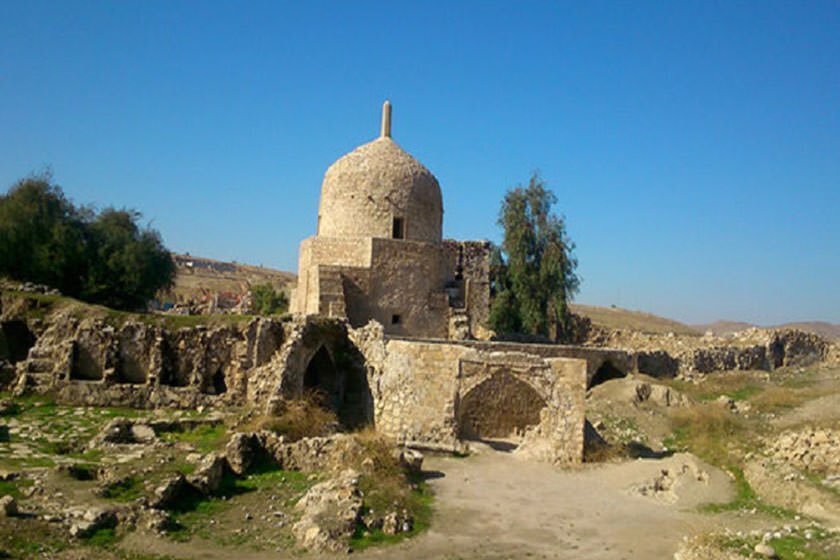Safavid-era mansion in Belad Shapur restored to former glory

TEHRAN - A restoration project has recently been completed on Kohzadi Mansion, a Safavid-era (1501-1736) monument located in the ancient city of Belad Shapur, a local tourism official has announced.
The project involved repairing the façade of the mansion, its floor covering, and rooftops, Esfandiar Abab said on Tuesday.
A budget of 3.5 billion rials (about $84,000 at the official exchange rate of 42,000 rials per dollar) was allocated to the project, the official added.
Located in Kohgiluyeh and Boyer-Ahmad province, Kohzadi Mansion is one the most beautiful monuments in the city with two side rooms, a central yard, and water well, he noted.
Last November, the provincial tourism chief Majid Safai announced that the historical neighborhood of Dehdasht and the historical monuments located inside it is planned to be restored and revived. A budget of 20 billion rials ($476,000 at the official rate of 42,000 rials) has been allocated to boost tourism infrastructure in the ancient city of Belad Shapur, the official explained.
Despite all the destruction that took place in this historical city in different eras, with an area of more than 45 hectares, it is currently considered as one of the largest historical structures in the country in terms of size and number of historical buildings. Inscribed on the National Heritage list in 1985, the ancient city of Belad Shapur is one of the top tourist sites of the province.
Belad Shapur, known by its current name, was built at the time of Shapur I, also known as Shapur the Great, (reigned 241 CE–272), the second king of the Sassanid Dynasty. Under his leadership, the empire stretched from Sogdiana and Iberia (Georgia) in the north to the Mazun region of Arabia in the south; in the east, it extended to the Indus River and in the west to the upper Tigris and Euphrates river valleys.
Kohgiluyeh and Boyer-Ahmad province is known for its nomads and nomadic life. Sightseers may live with a nomadic or rural family for a while or enjoy an independent stay and assist them with day-to-day life. It also opens up an opportunity to feel rustic routines, their agriculture, traditions, arts, and culture.
ABU/AFM
